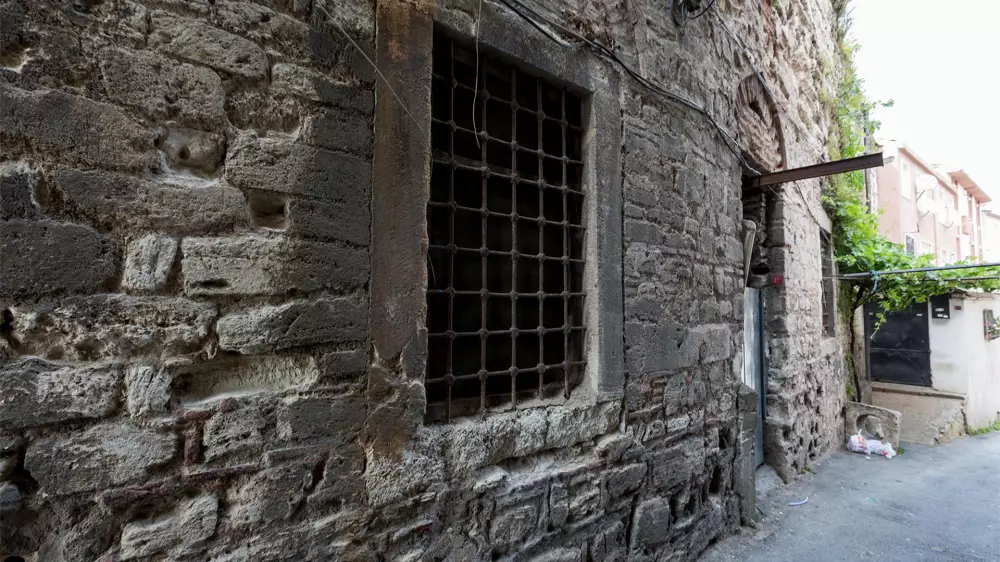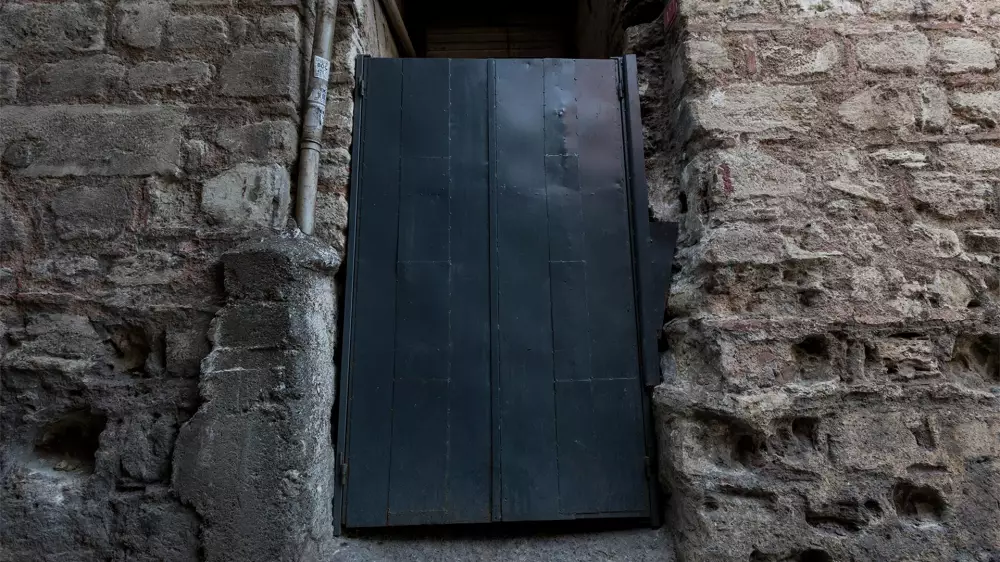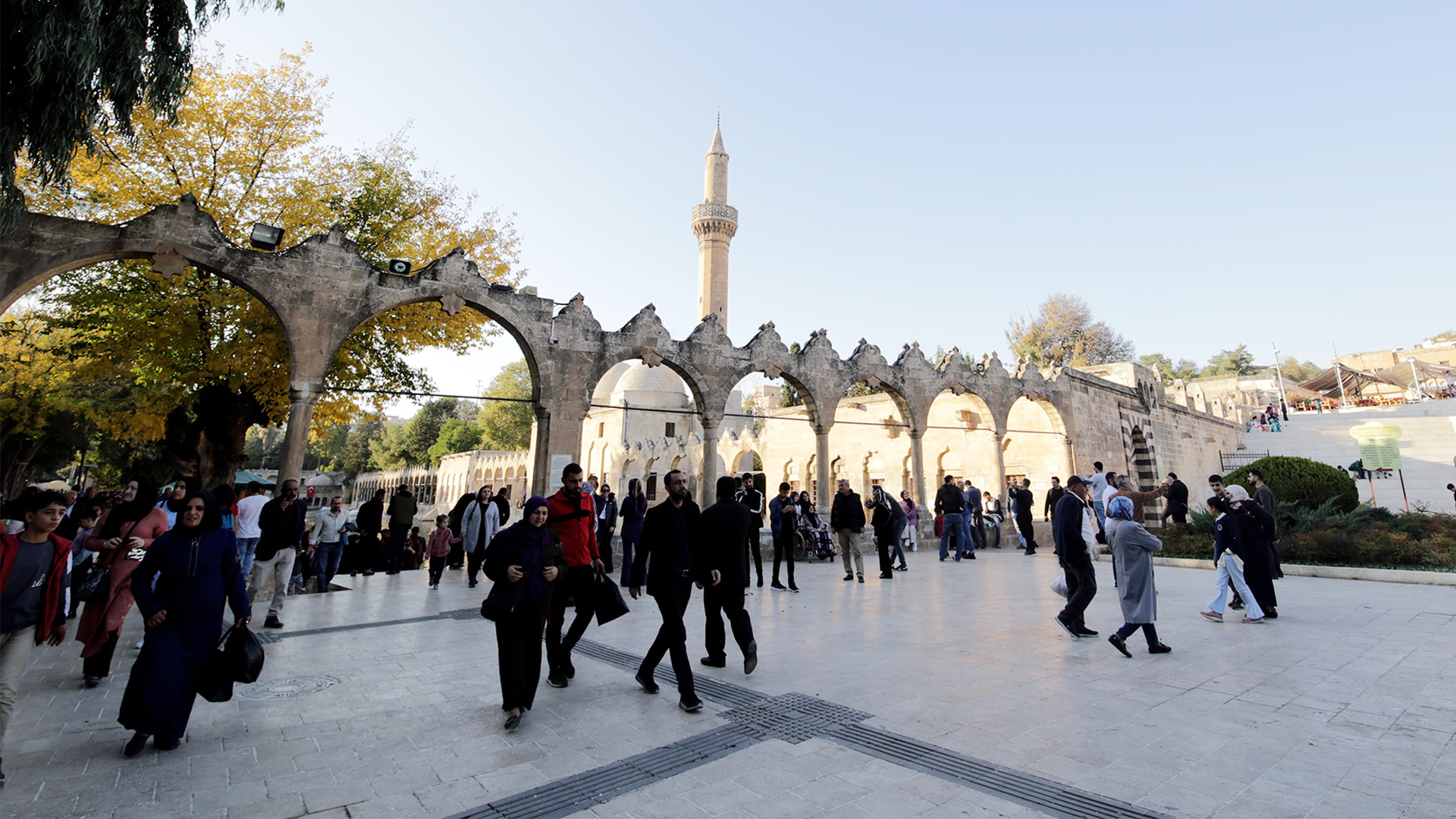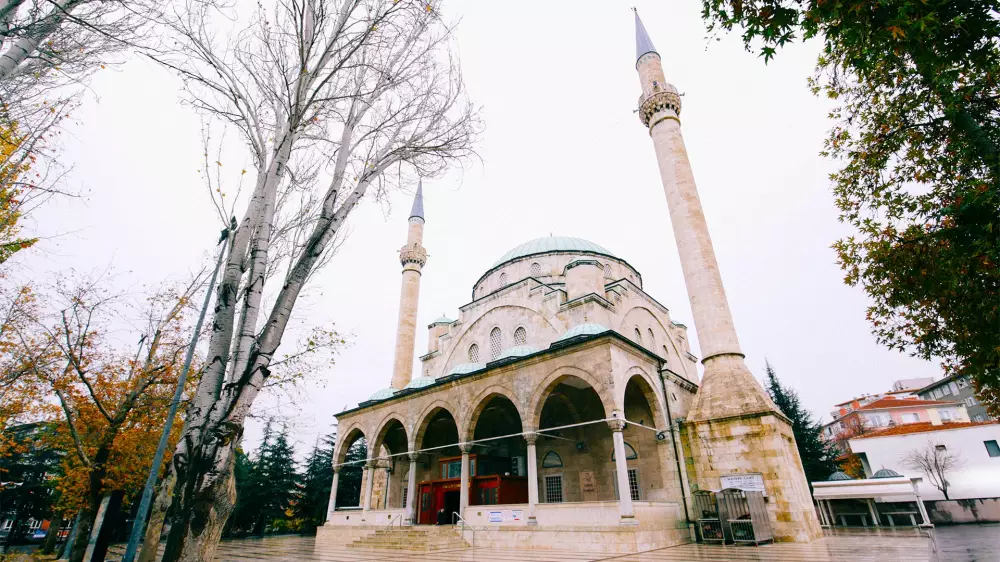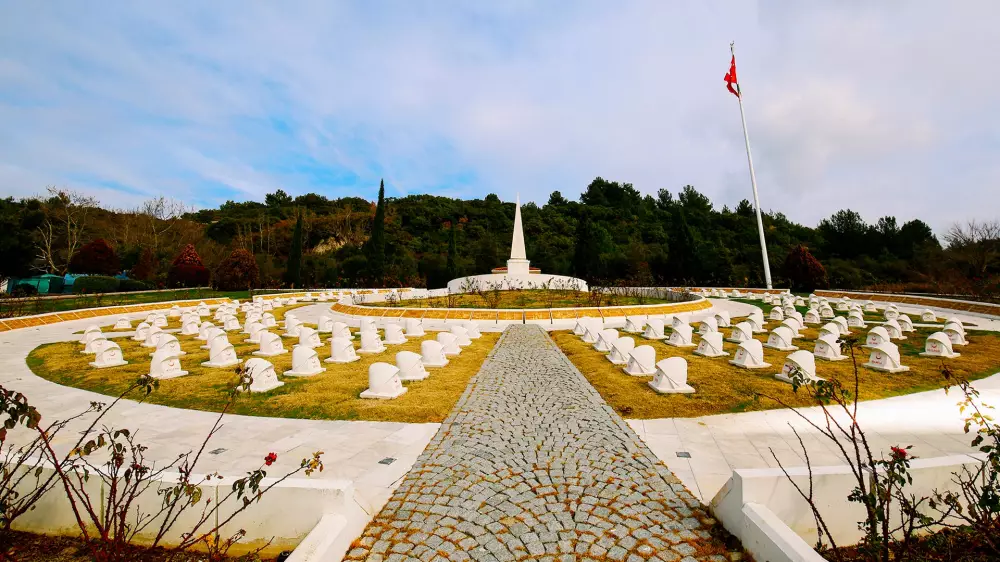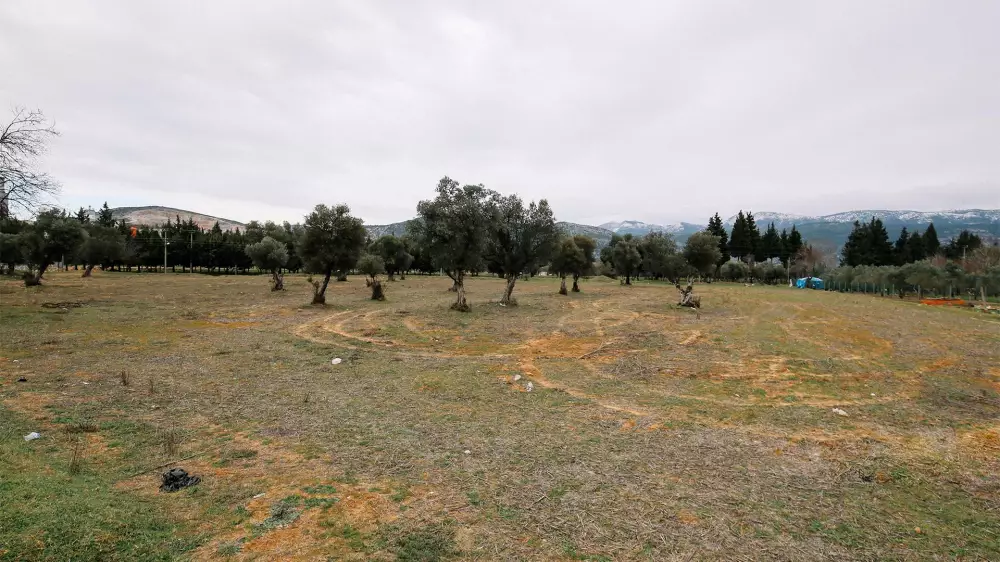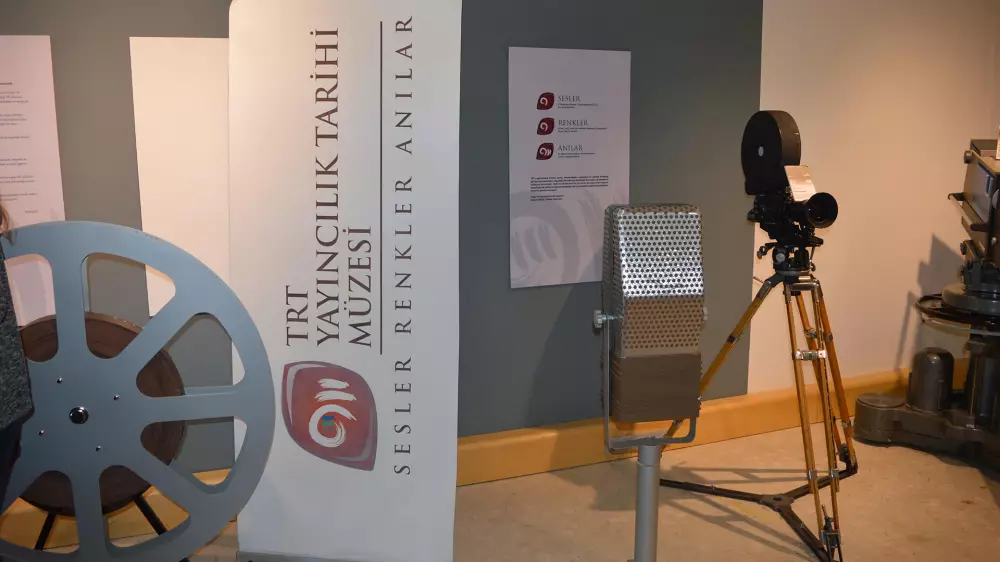
Kulaksız (Earless) Turkish Bath
14.07.2024 14:53
In his famous book "Essays", French Author Montaigne mentions that the Muslims in the Ottoman Empire go to Turkish bath three or four times a week. And he adds that this frequency is "excessive and unnecessary". However, while the citizens frequently went to the Turkish baths in the Ottoman time, they also had bathrooms at home and took a bath almost every day...
A significant part of these Turkish baths, which has a special place among the public buildings in the Ottoman Empire, has survived. As the bath culture has always been a part of Turkish people's social life, hygiene and cleanliness was very important in the past as in today. Turkish bath is an important proof of cleanliness and hygiene. Besides, it was kind of a socialisation place back then. People used to gather in the Turkish baths, chat for hours and have a good time.
There are plenty of Turkish baths around Istanbul remaining from the Ottoman era. Kulaksız (Earless) Turkish Bath is one of them and located Kaptanpaşa Neighbour in Beyoğlu District. Located at the junction of the two streets, the historical bath is used today for a different purpose.
The currently inactive building was also mentioned in the work of Evliya Çelebi. It is narrated that the caretakers working at the Kulaksız Turkish Bath were deaf, and mostly the deaf people preferred this Turkish Bath. Most probably it derived its name from that.
Gallery
